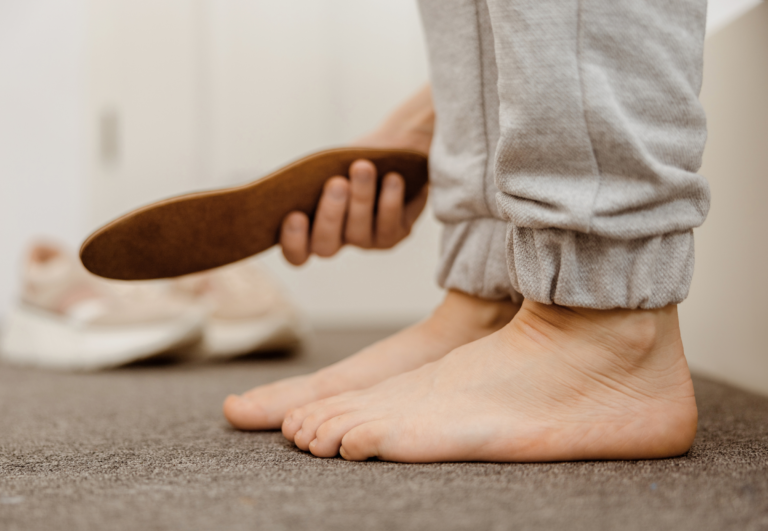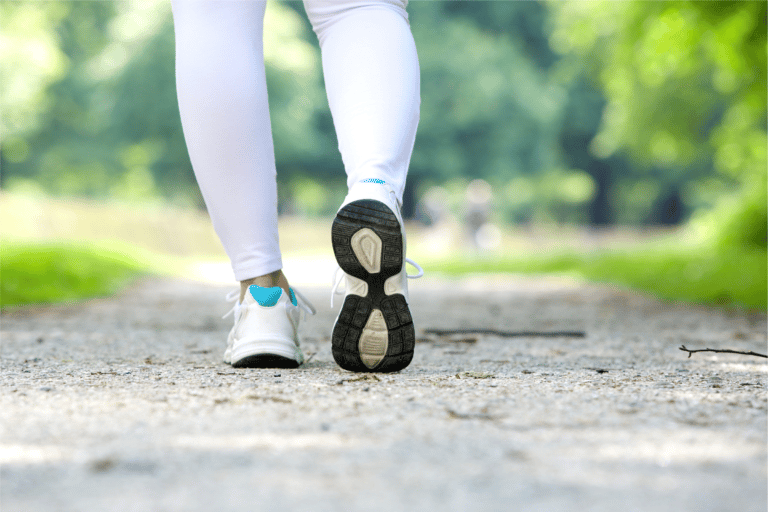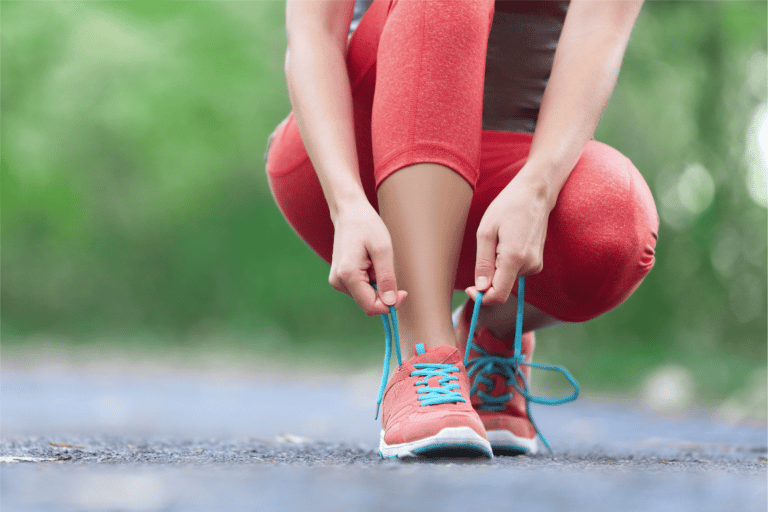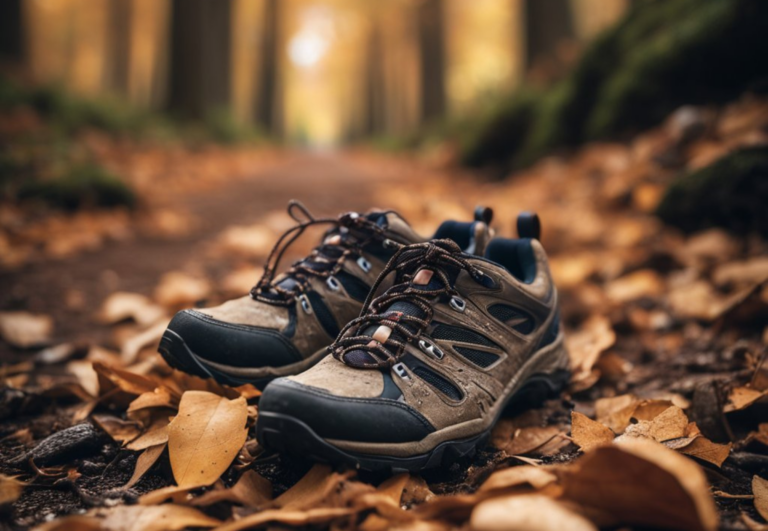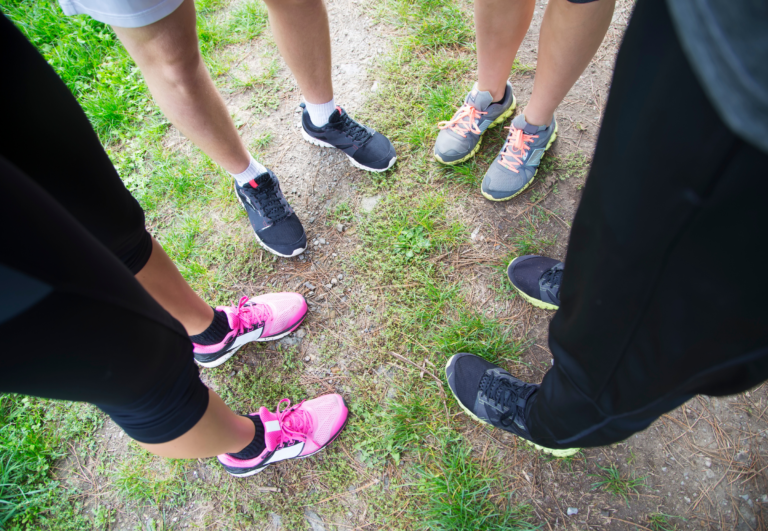Pros and Cons of Zero Drop Running Shoes – Does They Make Sense For All Runners?
Zero-drop running shoes, designed with your typical running shoe’s heel drop carefully removed, offer a unique approach to running that mimics the natural stance of barefoot walking, with both the heel and forefoot at the same level. This heel and toe height difference focuses the pressure on the soles of your feet, not just on your toes or ankle as some traditional running shoes might. It’s a trend that is showing significant difference in how runners handle various trail distances.
These shoes are typically lighter in weight, and their breathability and durability are often impressive, a significant benefit for those with perspiring feet or a high weekly mileage. This extended distance capability is ideal for marathon runners and those requiring less cushion in their footwear.
The pros of zero-drop shoes include promoting a natural foot position, encouraging a forefoot strike, improving balance and proprioception, strengthening not just the lower leg muscles but the tendons surrounding the knee as well. All these benefits may potentially reduce the risk of knee-related problems and increase running efficiency.
Additionally, given their broader toe box design, they can provide relief to runners with bunions. And due to the reduced height difference, they cater well to heel strikers as well.
There are also cons of zero drop running shoes to consider, such as the increased stress on the lower leg, particularly on the calf muscles and tendons, during the transition period. Podiatrists frequently warn about the extra pressure that these shoes can put on certain parts of the legs. The potential for transition injuries is there, especially for those suffering from plantar fasciitis.
Moreover, they may not be suitable for all runners, especially those needing more arch support or cushioning in the midsole.
It’s essential to weigh these advantages and disadvantages, as well as consider the flexibility of your foot and calf muscles, carefully to determine if zero-drop running shoes are the right choice for your running needs. This consideration becomes especially crucial when running longer distances and when the trail type fluctuates.
Potential Health and Performance Benefits of Zero-Drop Running Shoes (Pros)

Zero-drop running shoes, designed with a spacious toe box and the heel and forefoot at the same level, may enhance your natural running form and boost foot strength. They might be a game-changer for individuals seeking to reshape the health of their knees, desiring to avoid the pressure that’s often put on the ankle by regular running shoes.
Let’s explore how making the switch to these minimalist shoes, cherished by many for their durability and breathability, can potentially impact your running experience favorably.
Natural Foot Position
Zero-drop running shoes are designed to mimic a barefoot experience, providing a flat platform that aligns the heel and forefoot at the same level. This encourages a more natural foot position and may, according to some podiatrists, shift the pressure points on your feet.
- Promote natural foot function: Allowing the foot to spread and absorb shock naturally.
- Reduce overpronation: By not having an elevated heel, the foot can maintain better alignment, potentially preventing common issues like overpronation.
- Strengthen foot muscles: A natural foot position can help in strengthening the intrinsic muscles of the foot, leading to improved stability
Encourages a Forefoot Strike
Transitioning to a forefoot or midfoot strike can be facilitated by zero-drop shoes. This change in strike pattern may:
- Lower impact forces: Landing on the midfoot or forefoot can reduce the initial impact compared to heel striking.
- Decrease injury rates: A forefoot strike pattern has been linked with a lower incidence of running-related injuries
Improved Balance and Proprioception
Zero-drop shoes are designed to enhance proprioception, the body’s ability to sense its position in space, which can contribute to improved balance. The difference in height and the subsequent change in balance can prove beneficial to the overall running experience, no matter the trail or distance.
- Improved Balance: Runners can achieve a more precise balance as the feet become better at sensing and adapting to the running surface.
- Safer Foot Placement: The increased awareness of foot positioning is particularly advantageous on uneven terrains, like trails, where accurate foot placement is crucial.
Strengthening of Lower Leg Muscles
By engaging the entire foot and eliminating the heel lift, zero-drop shoes may encourage a more active use of the lower leg muscles, tendons situated around the knees, and the calf muscles. This engagement can lead to strengthening these crucial components, which in turn can support better running mechanics and reduce the risk of injuries related to the knee and other joints.
Regular use of zero-drop shoes can help in the development of a stronger and more stable lower leg, contributing to improved athletic performance.
Reduced Risk of Injury
Zero-drop shoes are often associated with a reduced risk of injury due to their influence on how stress is distributed across the foot and their role in promoting a more natural gait pattern:
- Even Stress Distribution: These shoes can help to spread the impact forces more evenly across the entire foot, potentially reducing the risk of injury.
- Encouragement of Natural Gait: By allowing a more natural foot movement, zero-drop shoes may decrease stress on joints, contributing to a healthier running experience.
- Supportive Research: According to a study published in the British Journal of Sports Medicine, transitioning to minimalist shoes can reduce foot pronation and loading rates, which are often linked to a lower risk of injury.
Increased Running Efficiency
The increased running efficiency observed by many zero-drop shoe users may be due to the better alignment offered by the reduced height difference and the effective cushioning provided.
- Natural alignment: Aligning the feet and legs with the body’s natural posture can lead to a more efficient running stride.
- Energy transfer: A natural foot strike pattern allows for a more effective transfer of energy with each step.
- Runner reports: Anecdotal evidence suggests runners feel lighter and experience less fatigue when using zero-drop shoes. More research is needed to substantiate these claims with empirical data.
Potential Issues With Zero-Drop Running Shoes (Cons)

Awareness of zero-drop running shoes’ potential cons, such as straining the calf muscles or possibly exacerbating plantar fasciitis for some users, is crucial as you consider if zero-drop footwear with a wider toe box, breathability, and durability is right for you.
Increased Stress on Lower Leg
When transitioning to zero-drop running shoes, one of the most significant adjustments is the increased workload on the lower leg muscles and tendons surrounding the knees.
The design of these shoes can lead to a shift in how forces are absorbed and distributed, which may initially cause discomfort or strain, particularly for those who have been using traditional running shoes with higher heel elevations. Again, the difference in height and cushioning plays a significant role here.
- Strain on Achilles and Calves: The flatter sole can cause these areas to stretch and work harder, which might lead to tightness or injury if not properly managed.
- Muscle Adaptation Required: Gradual strengthening and stretching exercises can help these muscles adjust to the new demands of zero-drop running.
Transition Injuries
Zero-drop running shoes, with their wider toe box and different heel drop, are not a universal solution for all athletes, especially those dealing with bunions or plantar fasciitis. The suitability of these shoes largely depends on an individual’s foot structure, gait, and personal comfort preferences.
If used improperly, these shoes, despite their breathability, durability, and lighter weight, can contribute to rather than alleviate physical issues. Therefore, like with any running shoe, consulting with professionals or podiatrists to ensure they are making the most out of their zero-drop shoes is essential.
- Adjustment-Related Discomfort: Your lower body may undergo stress during this biomechanical transition, which can manifest as temporary discomfort or injury.
- Careful Monitoring Needed: It’s particularly important to monitor any pain during this period to prevent chronic issues from developing.
Not Suitable for All Runners
Zero-drop running shoes are not a universal solution for all athletes. The suitability of these shoes largely depends on an individual’s foot structure, gait, and personal comfort preferences.
Runners with specific biomechanical needs, such as those requiring additional arch support, may find that zero-drop shoes do not provide the necessary stability and comfort, potentially exacerbating existing conditions or leading to new issues.
- Arch Support Considerations: Runners with flat feet or high arches might need more support than zero-drop shoes typically offer.
- History of Injuries: Those with past injuries or chronic conditions may require footwear with additional cushioning to mitigate impact forces.
Adjustment Period
Adopting zero-drop shoes usually requires an adjustment period. During this transition period, it’s essential to gradually increase usage to allow your body time for training and adaptation. This period varies per individual and should be respected to reduce the risk of injury.
Limited Cushioning
Many zero-drop shoes are designed with minimal cushioning to promote a more natural foot strike, but this can also mean less shock absorption during runs, particularly on hard surfaces.
This lack of cushioning is a deliberate design choice to encourage proprioception and a closer ground feel but may lead to discomfort for those who are accustomed to the protective padding found in traditional running shoes.
- Discomfort on Hard Surfaces: Runners may feel more impact with the ground, which can be uncomfortable or lead to injury over time.
- Preference for Cushioning: Runners who prefer a softer ride may find zero-drop shoes too harsh on their feet and joints.
Potential for Incorrect Usage
The benefits of zero-drop running shoes hinge on correct usage, which involves maintaining proper running form and posture. If used improperly, these shoes can contribute to rather than alleviate physical issues.
It’s essential for runners to educate themselves on proper technique or consult with professionals to ensure they are making the most out of their zero-drop shoes.
- Importance of Proper Form: Incorrect running form can exacerbate the stress on the body, potentially leading to injury.
- Need for Professional Guidance: A podiatrist or running coach can provide personalized advice for using zero-drop shoes effectively.

